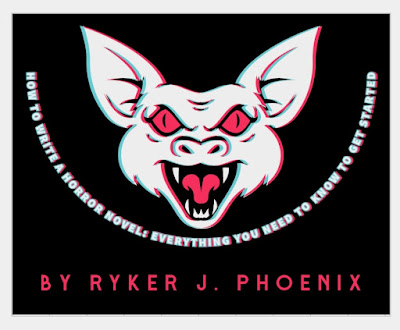How to Write a Fiction Book: 10 Steps You Can't Miss!

So you want to write a novel.
Maybe you have a great idea for a story that you’d love to see on the page. Or maybe you just love reading books and want to try creating one of your own.
Regardless of your reasons, you’ve come to the right place. This article will give you a step-by-step guide to help you start writing your first novel.
10 Steps to Writing Fiction Novels
Here are ten steps you can follow to write your first novel.
Step 1: Choose a Story Idea
The first step is to choose a story idea.
You might already have a compelling idea developing in your head. If you don’t, here are some prompts to get you started:
- Are there any experiences from your own life you can draw from?
- Are there any headlines in the news that intrigue you?
- Are there any images or photographs that you could turn into a story?
- Are there any popular stories you love that you could add a new spin to? (e.g. Sleeping Beauty in space)
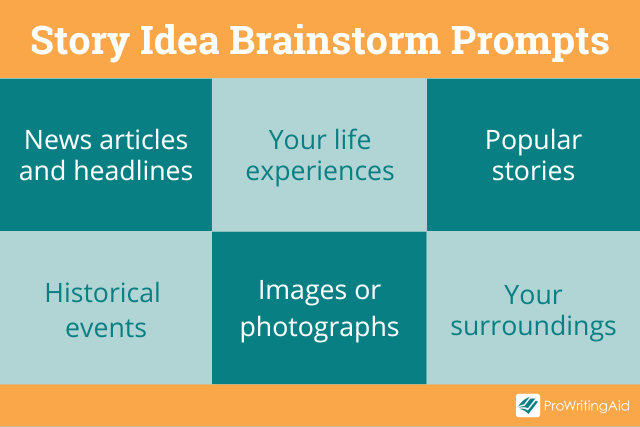
It’s okay if you don’t know all the details of your idea at this stage. All you need is a basic premise, which we’ll be fleshing out as we go.
Once you have a list of possible story ideas, it’s time to choose the one you’re most excited about.
Don’t worry about what your friends will think of it, or how many readers will like it, or what critics will say about it.
Write the book that you would want to read. Follow your gut and choose the idea that sings to you.
Step 2: Define the Central Conflict
Every great novel needs a conflict. After all, there’s nothing less exciting than a book about someone waking up, having breakfast, and going about their normal life without running into any obstacles.
So before you commit to writing the idea you’ve chosen, make sure there’s a central conflict in play.
Ask yourself these two questions:
- What’s the protagonist’s main goal in this story, and why do they want it?
- What’s stopping them from achieving that goal?

Give the protagonist a really convincing reason for wanting to achieve their goal. The more the protagonist cares about their goal, the more invested readers will be in your story.
If they’re in this story for no apparent reason, it will be easy for readers to put the book down. But if their life, or their reputation, or their relationship with their family is on the line, readers will be hooked.
Once you know the protagonist’s goal, figure out what’s getting in their way. It might be an evil villain, a force of nature, or even the protagonist’s own fears and flaws.
If you want some ideas for what’s stopping your protagonist from achieving their goal, check out our article on the seven main types of conflict.
Let’s take The Hunger Games by Suzanne Collins as an example. The protagonist’s goal is to win the Hunger Games because she promised her little sister that she’d come home alive.
The central conflict is that 23 other contestants are competing in the Games too and only one of them can survive. This is a great example of a story with a high-stakes central conflict.
Step 3: Develop Your Characters
The next step is character development. It’s time to figure out who your story’s about.
Start with the main character.
First, figure out what they sound like. Are they talkative or quiet? What kind of slang do they use? What is their sense of humor like?
Next, work out what they look like. Do they have any defining gestures? What’s the first thing people notice about them?
Finally, and most importantly, understand their motivations and their internal characteristics. What are their flaws? What are their values? What are they afraid of? How will they change and grow over the course of this story?
One easy way to create character growth is to give your protagonist a flaw that connects to the central conflict in some way.
For example, if your protagonist’s primary flaw is that she’s afraid to trust anyone, the central conflict should force her to trust others in order to get what she wants.
That way, for better or for worse, she’ll have a different relationship with trust by the end of the story.
Once you have the protagonist planned out, it’s time to think about the antagonist and major side characters.
Ask yourself the above questions for each of your most important characters.
It’s okay if you don’t have them all figured out yet. Many authors write new characters into their novels as they go. As long as you know your main characters enough to start drafting, you’re on the right track.
Step 4: Set the Stage
Once you have your characters down, it’s time to decide where and when your story will take place.
You might want to set your story in a fictional world of your own making. Or you might want to set it right in your own backyard.
Maybe your story works best in a big city, or in a small village, or in a forest, or on a beach.
Time is an important component of setting, too. What decade is your story set in? How much time elapses over the course of your book?
Is it a single night, like in A Christmas Carol, or a year, like each book in the Harry Potter series, or decades, like in David Copperfield?
Whatever you choose, you should make sure the setting works well with your story concept and central conflict.
The time and place of your story will really affect its mood and atmosphere, and might even play an important role in how the conflict gets resolved.
Step 5: Plan Your Key Plot Points
At this point, it’s time to do the step that some authors love and some authors hate: outlining.
Outlining the important plot points of your story in advance will help ensure you don’t run into major roadblocks along the way.
There are countless different forms of classic story structure you can reference. Some, such as three-act structure, give you as few as three beats to work with.
Others, such as the Save the Cat beat sheet, give you dozens, with specific beats to hit throughout your story.
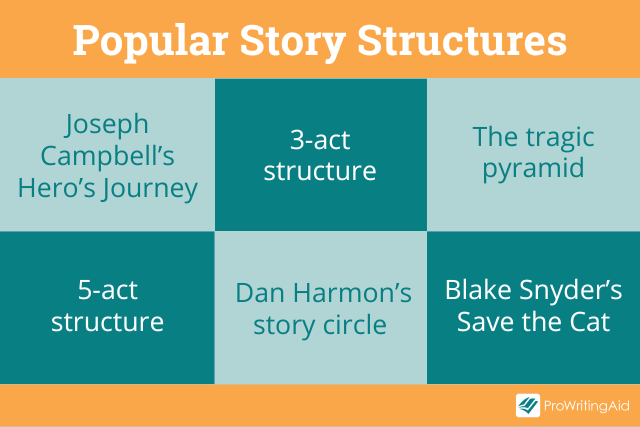
If you’re a pantser rather than a plotter, meaning that you prefer to discover the story as you write, you don’t have to create a detailed outline.
However, you should still plan out the key plot points to give yourself a sense of direction. At the very least, plan out the inciting incident, the midpoint turn, and the climax.
- The inciting incident, also known as the catalyst, is an event that changes your protagonist’s normal life and propels them into the central conflict of the story.
- The midpoint turn is a major discovery in the middle of the story that increases the stakes and forces the protagonist to become more proactive in pursuing their goal.
- The climax is the culmination of the main conflict of the story when the protagonist either achieves or fails to achieve their goal.
Knowing these three beats will give you a roadmap for your first draft.
Step 6: Pick the POV That Suits Your Story
Before you start drafting, you need to decide the point of view you’ll be writing in. Here’s a quick reminder of the four most common POVs in fiction writing:
- First person
- Second person
- Third person limited
- Third person omniscient
Each option comes with its own positives and negatives. For example, first person will feel more intimate than third person omniscient, but third person omniscient gives you access to more characters’ thoughts and feelings.
Point of view is also closely intertwined with form and structure.
For example, if your story takes the form of a confession from one person to another, first person makes the most sense. But if your story is a choose your own adventure story, second person makes the most sense.
Step 7: Set a Writing Schedule
Now that you have the basics of your book planned out, it’s time to plan your writing sessions.
Many people have an idea for a novel, but few actually make it to the finish line. That’s because writing a book takes a long time!
Remember that the key is consistency. If you don’t have hours of time to write, you can find smaller moments.
Every time you’re waiting in line, pull out your notebook. Every time you’re about to open a social media app, open the Notes app instead and work on your story.
You can set daily word count goals for yourself if you want. Depending on the genre you’re writing, a typical novel is between 60,000 and 100,000 words.
First, figure out when you want to finish your first draft, such as three months from now or a year from now.
Then, figure out how many words you need to write each day in order to accomplish that goal. For example, if you want to write 100,000 words in two months, you’ll need to write 1,667 words a day.
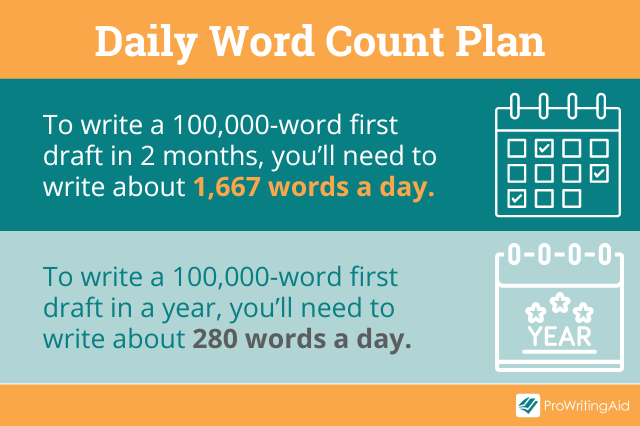
Using daily or weekly word counts will give you more manageable, bite-sized goals. You can track your word counts in a calendar, journal, or spreadsheet to keep yourself motivated.
Step 8: Write Your First Draft
Remember that first drafts are meant to be messy! It won’t be perfect. The point of this draft is just to conquer the blank page and tell yourself the story.
If you get writer’s block, remember that it’s okay to jump forward to a later scene. Many fiction writers draft their books out of order.
You can also use placeholders to keep yourself going. For example, if you’re stuck on a chapter, you can summarize that chapter in one or two sentences and just keep going.
You could make a mood board or playlist to get yourself into the mood of your book.
Don’t be too hard on yourself if you can’t hit your word count. Do whatever you need to do to get to the words “The End.”
Step 9: Put the Draft Away
This step is difficult, but necessary. Once you’ve finished your first draft, give yourself some distance from your book so you can come back to it with fresh eyes.
Put your manuscript in a drawer for at least a week, ideally a month. That way, you’ll be able to see its strengths and flaws more clearly when it’s time to edit.
Step 10: Revise, Revise, Revise
Now it’s time to take your messy first draft and make it better!
You should start with big-picture developmental edits.
For now, resist the urge to start making line-level edits, such as adding commas or rephrasing sentences. Chances are, you might not even need those paragraphs after your developmental edit.
Instead, focus on fixing plot problems, strengthening your character arcs, and adding or deleting scenes if necessary.
After those structural issues are solved, you can go back in and revise the smaller things, such as checking your transitions to make sure they’re flowing smoothly and making sure your dialogue is clear and readable.
ProWritingAid can help you edit your manuscript by checking your sentence structure, word choices, sensory details, and more.
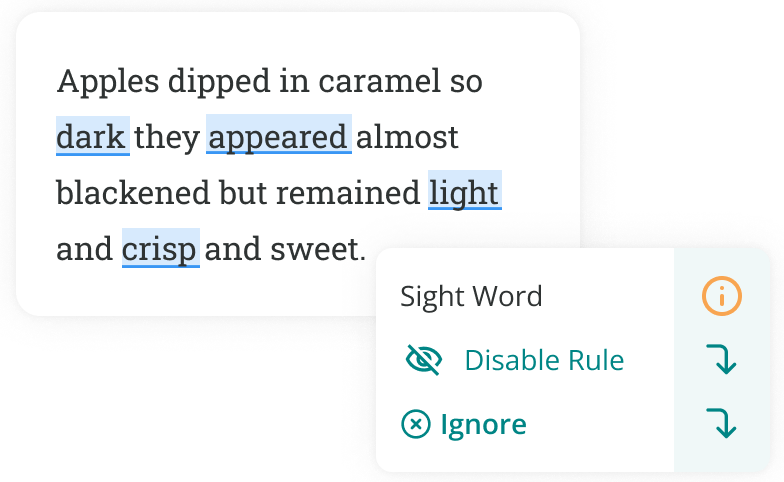
Once you feel you’ve revised your book as much as you can alone, it’s time to ask other writers you trust, or beta readers within your target audience, to give you feedback on your manuscript.
If you plan to self-publish, you may even want to hire a professional editor to take a look at your story and help you improve it.
Conclusion: How to Write a Fiction Book
There you have it: our favorite tips for writing fiction.
Novel writing is a daunting task, but anyone can do it if they take the time to build their writing skills and work on their story consistently.
Do you have any favorite tips for writing a novel? Share them in the comments.
Are you prepared to write your novel? ProWritingAid can help!




 Have you tried
Have you tried 
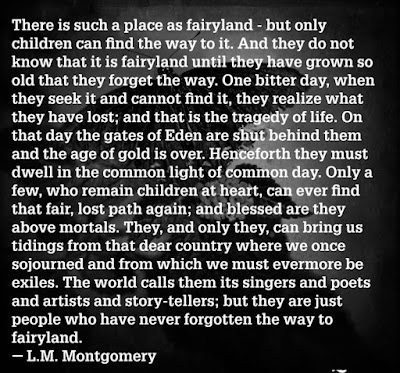
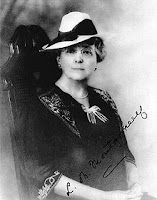


.jpg)
